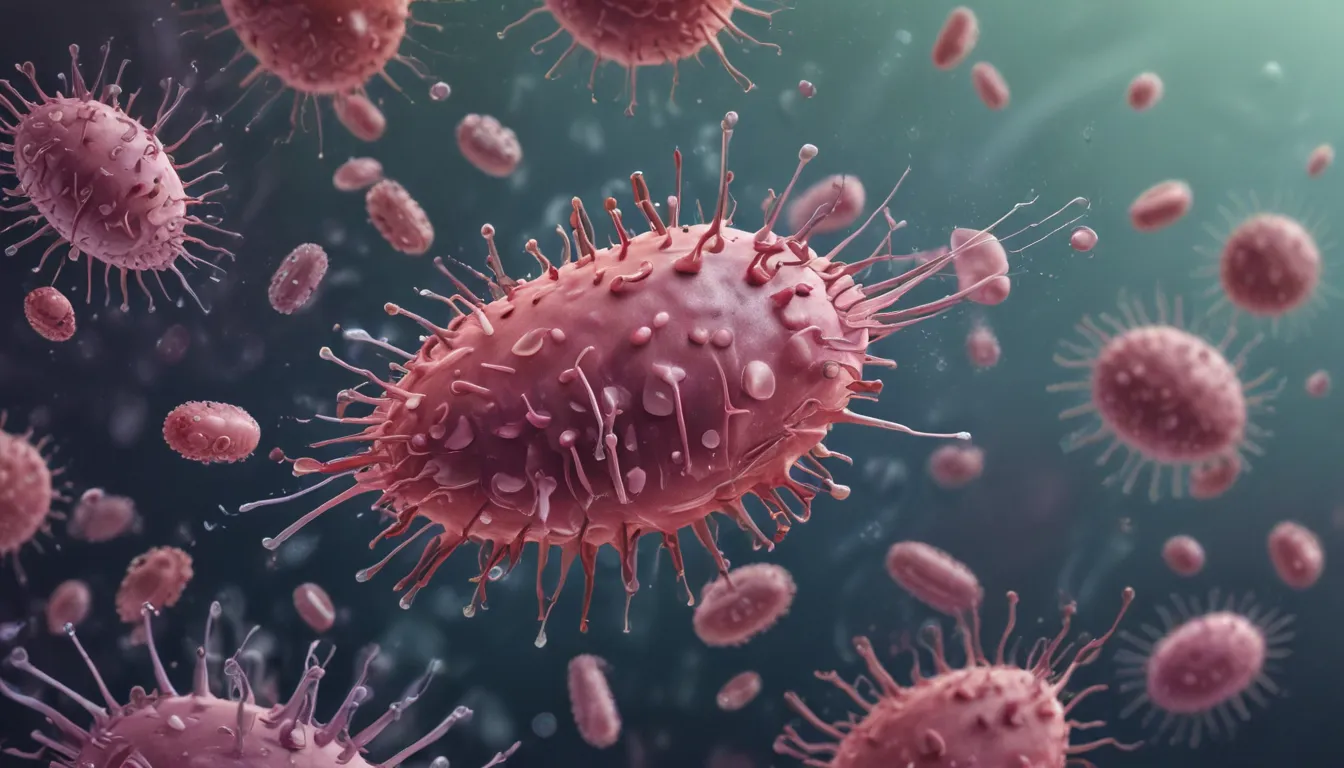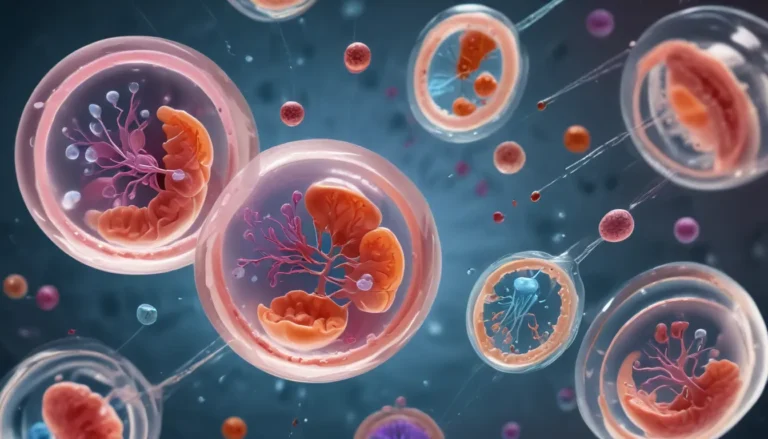A Note About Images: The images used in our articles are for illustration purposes only and may not exactly match the content. They are meant to engage readers, but the text should be relied upon for accurate information.
Antimicrobial resistance (AMR) is a critical global issue that affects both human and animal health. The misuse and overuse of antibiotics have led to the emergence of drug-resistant bacteria, making infections increasingly difficult to treat. This poses a significant threat to modern medicine, undermining the effectiveness of antibiotics, chemotherapy drugs, and even routine surgical procedures. In recent years, the urgency to address this issue has grown, with the World Health Organization (WHO) identifying AMR as one of the top 10 global public health threats. To shed light on this important topic, let’s explore key facts about antimicrobial resistance, its impact, and what we can do to address it.
The Global Challenge of Antimicrobial Resistance
Antimicrobial resistance poses a significant threat to global health, impacting individuals of all ages and in all locations. It occurs when microorganisms, such as bacteria, viruses, fungi, and parasites, evolve and become resistant to the drugs used to treat them. This means that common infections like pneumonia, tuberculosis, and urinary tract infections could become challenging or even impossible to treat. The rise of AMR is driven by factors such as overuse and misuse of antibiotics, both in human medical treatment and agriculture. The misuse of antibiotics in livestock farming, for example, contributes to the development of resistant bacteria that can affect both animals and humans.
The Impact of Antimicrobial Resistance
Antimicrobial resistance leads to increased healthcare costs as treating infections caused by resistant microorganisms is more challenging and expensive. Patients with resistant infections often require prolonged hospital stays, additional diagnostic tests, and more expensive medications, placing a burden on healthcare systems worldwide. Additionally, AMR can lead to higher mortality rates, with drug-resistant diseases estimated to cause 10 million deaths annually by 2050 if no action is taken.
Strategies to Combat Antimicrobial Resistance
Combating antimicrobial resistance requires a multi-faceted approach. Proper infection control measures, such as hand hygiene and antimicrobial stewardship programs, can help prevent the spread of resistant microorganisms. Education and awareness are crucial in promoting responsible antibiotic use and reducing the spread of resistant infections. Combining multiple antibiotics or exploring alternative treatment approaches like phage therapy can also be effective in tackling AMR. Furthermore, international collaboration is key in developing coordinated strategies to address this global health challenge.
The Role of Individuals in Fighting Antimicrobial Resistance
Individuals play a crucial role in combatting antimicrobial resistance. By following prescribed antibiotic treatment regimens, practicing good hand hygiene, handling food safely, getting vaccinated, and using antibiotics only when prescribed by a healthcare professional, individuals can contribute to the fight against AMR. Awareness of the consequences of antimicrobial resistance and the importance of responsible antibiotic use is essential in preserving the effectiveness of antibiotics and improving patient outcomes.
Conclusion: Taking Action Against Antimicrobial Resistance
Antimicrobial resistance is a complex issue that requires collective action. By understanding the facts surrounding AMR, we can work towards solutions that preserve the effectiveness of antibiotics and strengthen healthcare systems. Embracing responsible antibiotic use, supporting research and development of new antimicrobials, and advocating for stronger surveillance systems are all essential steps in addressing this global health threat. Together, we can strive towards a future where bacterial infections remain treatable, and our healthcare systems remain resilient.
FAQs: Understanding Antimicrobial Resistance
- What is antimicrobial resistance?
-
Antimicrobial resistance refers to the ability of microorganisms to withstand the effects of drugs that were previously effective against them, making infections more difficult to treat.
-
How does antimicrobial resistance develop?
-
Factors like misuse and overuse of antimicrobials, poor infection prevention practices, and inadequate sanitation can contribute to the development and spread of antimicrobial resistance.
-
Why is antimicrobial resistance a concern?
-
AMR threatens the effectiveness of antibiotics, leading to prolonged illness, increased healthcare costs, and higher mortality rates, impacting medical procedures like chemotherapy and surgeries.
-
How can we address antimicrobial resistance?
-
Addressing AMR requires responsible antibiotic use, education, infection prevention measures, research and development of new antimicrobials, and international collaboration.
-
What can individuals do to combat antimicrobial resistance?
- Individuals can contribute by following antibiotic treatment regimens, practicing good hand hygiene, safe food handling, vaccination, and using antibiotics only when prescribed.
In conclusion, understanding and taking action against antimicrobial resistance is essential in preserving the effectiveness of antibiotics and ensuring the well-being of individuals worldwide. By working together to combat AMR through responsible practices, education, research, and collaboration, we can mitigate this global health threat and safeguard the future of healthcare. Let’s join forces in the fight against antimicrobial resistance and make a positive impact on global health.





